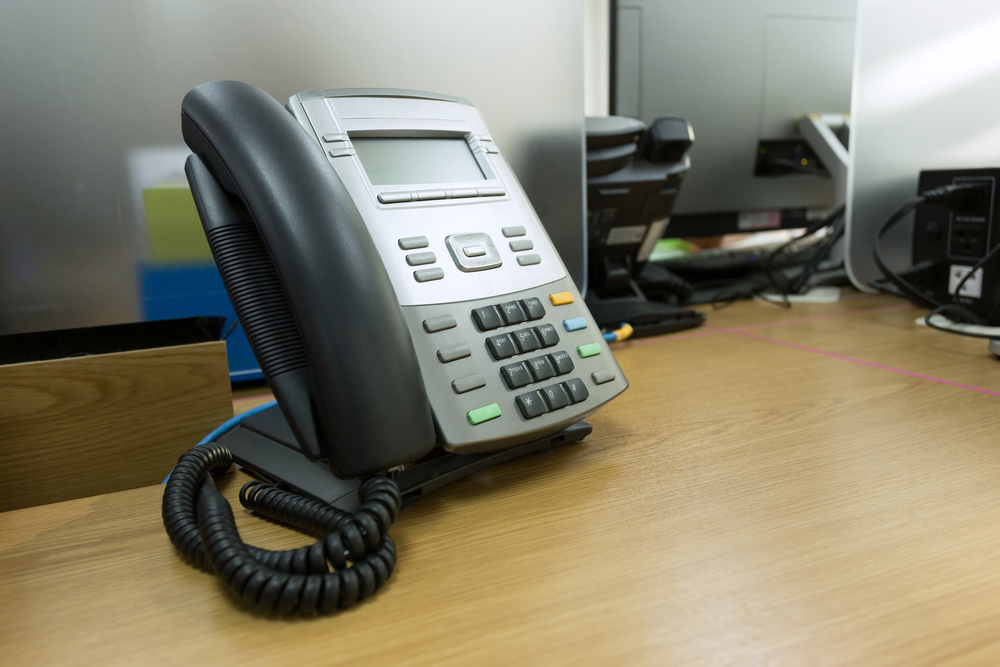Any business with an online presence, or that uses Wi-Fi within their organization, needs to be aware of attacks. Fortunately, while there are some sophisticated attacks that any business can fall victim to, there are also a number that can be easily fixed or defended against. The five most common attacks, and methods of intrusions, are:
- Denial of Service (DoS) attacks
- Guests on your network
- Lost devices
- Rogue access points
- Session hijacking
DoS Attacks
Most people who use the internet have heard of DoS, or Denial of Service, attacks. Because access points use vulnerable radio waves, a successful DoS attack can easily cause a business’ Wi-Fi network to become slow and inconsistent, or even go down completely. The best defense for an attack such as this is to use an Intrusion Prevention System (IPS) tool, which will monitor the network to detect and defend against incoming attacks.
There is also a more innocent version of a DoS attack that usually isn’t initiated by a hacker: wireless signal overlap with a nearby network. This can easily be fixed by checking, then adjusting Wi-Fi-enabled equipment to reduce or eliminate signal conflicts.
Network Guests
Authorized users can sometimes be the source of network insecurity. Businesses may not always know which users are accessing information. There is a solution however a security protocol known as WPA2, or Wi-Fi Protected Access II. Using the Pre-shared Key (PSK) mode to encrypt wireless traffic will prevent all but the most technologically knowledgeable from accessing company data.
Lost Devices
Changing passwords regularly is always important to security, but never more so than when a device is lost or stolen. As soon as the loss is noticed or reported, passwords to all general equipment, access points, and routers should be changed. WPA2 can be useful here as well, using the enterprise mode and a RADIUS server to authenticate users.
Rogue Access Points
A business’ IT professionals can usually help when finding rogue access points – if only because IT professionals were often the first to create them for their own access. Using software, such as apps that detect and prevent intrusion, will cut down on the number of rogue access points. There’s also another very easy solution, labelling wall jacks and Ethernet ports. This will enable IT to see which ports are in use. If a port found being used should not be, IT knows they have a possible rogue access point.
Session Hijacking
While common, session hijacking is somewhat more sophisticated than the rest of the list. Session hijacking comes from the end-user, who may be visiting many different websites and unfortunately may pick up a problem that they aren’t aware of. Fortunately, like other solutions, this kind of attack can be prevented by the use of protocols such as WPA2, WPA PSK mode, or Wired Equivalent Privacy (WEP).
An IT department that does its due diligence may be all that a business needs to protect itself against Wi-Fi attacks. However, it doesn’t hurt to know a few easy solutions to common attacks, or to make sure the business network is as secure as possible. With security measures in place, such as the use of WEP, WPA, WPA2, and specific software, as well as monitoring the network and changing passwords, a business can keep their sensitive data safe.



